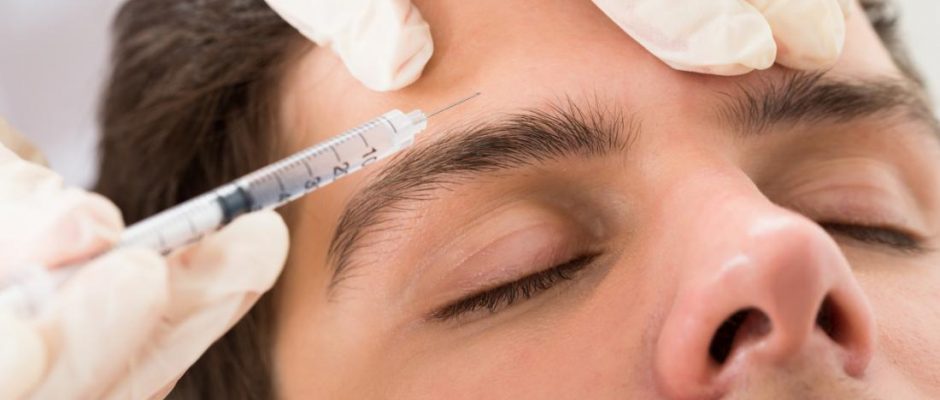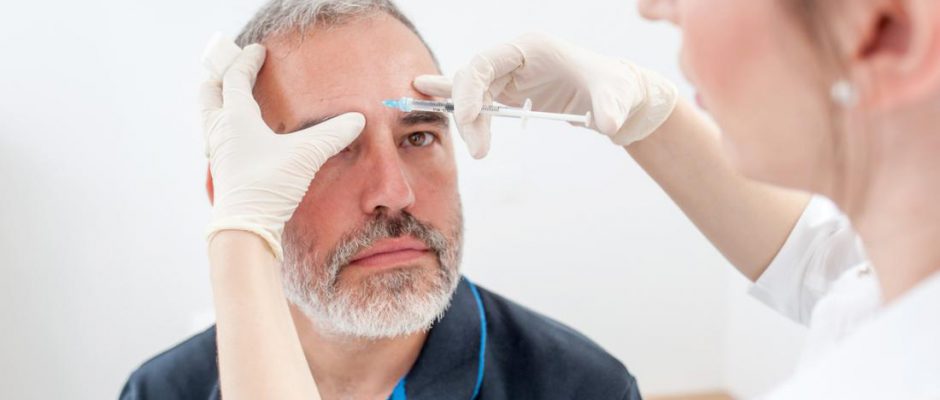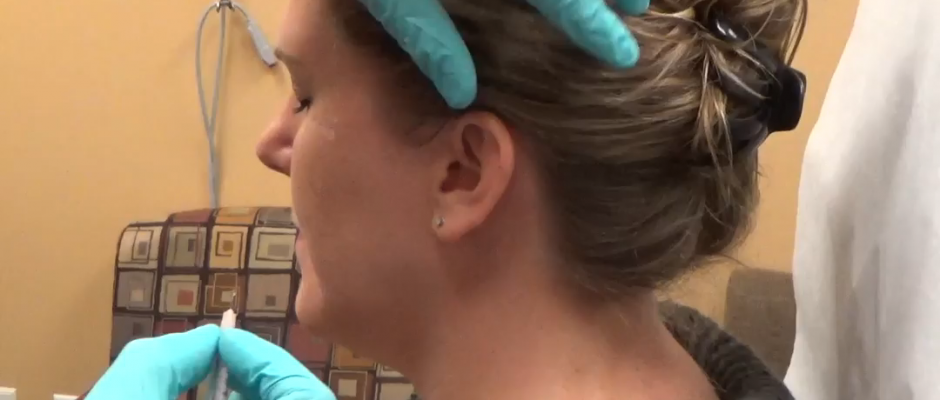Structure: BTX is synthesized as a single-chain peptide with a molecular mass of 150 kilodaltons. This form has relatively little potency as a neuromuscular blocking agent, and activation requires a 2-step modification in the tertiary structure of the protein. This process converts the single-chain neurotoxin to a di-chain neurotoxin comprising a 100,000-dalton heavy chain (HC) linked by a disulfide bond to a 50,000-dalton light chain (LC). BTX acts at the neuromuscular junction where it exerts its effect by inhibiting the …
Category: Botox
HFS: Involuntary, irregular, clonic or tonic contractions of muscles innervated by the facial nerve. Usually start from the eyelid and spreads to involve all ipsilateral muscles of the facial nerve including platysma. All muscles involved contract synchronously. PAradoxical synkinesis: In 1905, Babinski described paradoxical synkinesis in HFS ‘‘when orbicularis oculi contracts and the eye closes, the internal part of the frontalis contracts at the same time, the eyebrow rises during eye occlusion.’’ This ‘‘other Babinski’s sign’’ is typically present in …
Though it’s best known for smoothing wrinkles, Botox, which is derived from one of the most deadly toxins known to man, has repeatedly stunned the medical community for its seemingly endless applications. Though the drug is approved for nine medical conditions and several cosmetic ones, Allergan, the company that owns Botox, holds close to 800 more patents for potential uses of the drug. Since it was approved nearly 30 years ago, Botox has indeed become a staple of cosmetic enhancement, …
Botulinum toxin (BTX) is a bacterial toxin that could be used as a medicine. Clinical applications of BTX have been expanding over the last 30 years and novel applications reported. Its mechanism of inhibiting acetylcholine release at neuromuscular junctions following local injection is unique for the treatment of facial wrinkles. Other dose-dependent anti-neuroinflammatory effects and vascular modulating properties have extended its spectrum of applications. Conditions such as temporomandibular joint disorders, sialorrhea, headache and neuropathic facial pain, muscle movement disorders, and …





